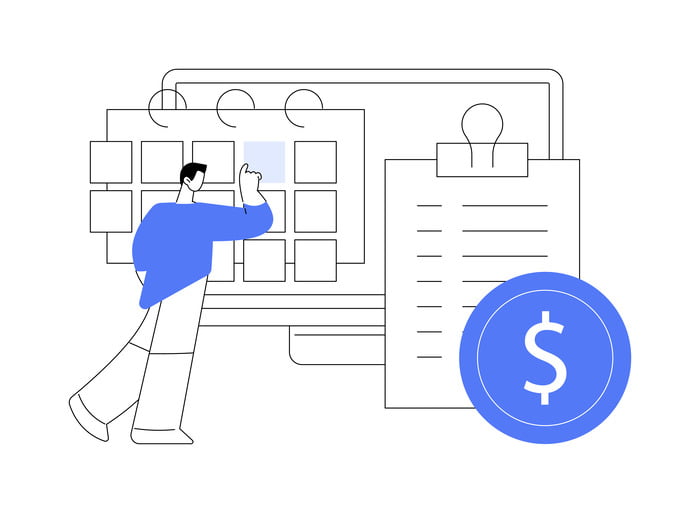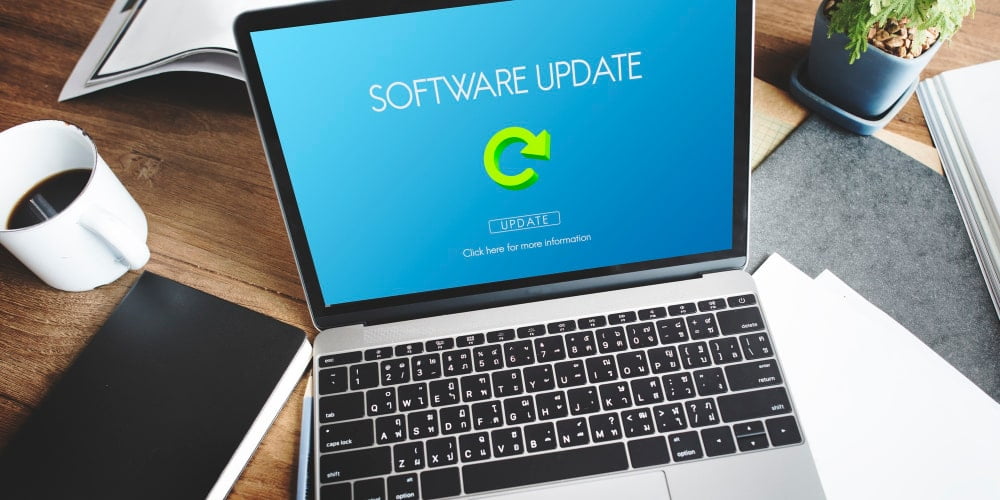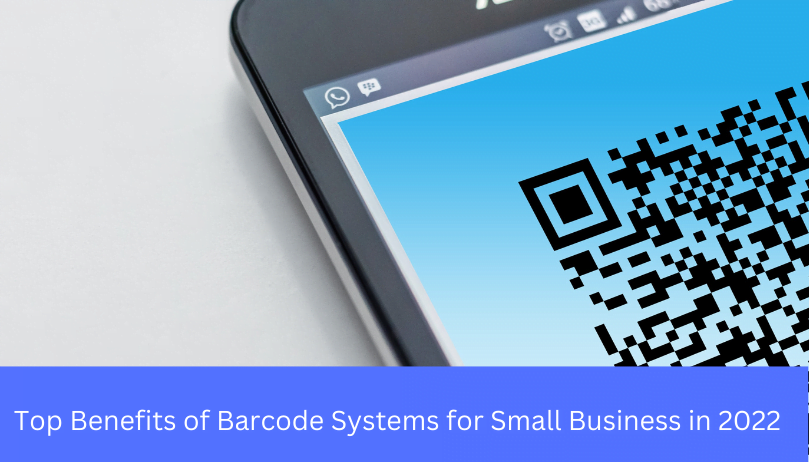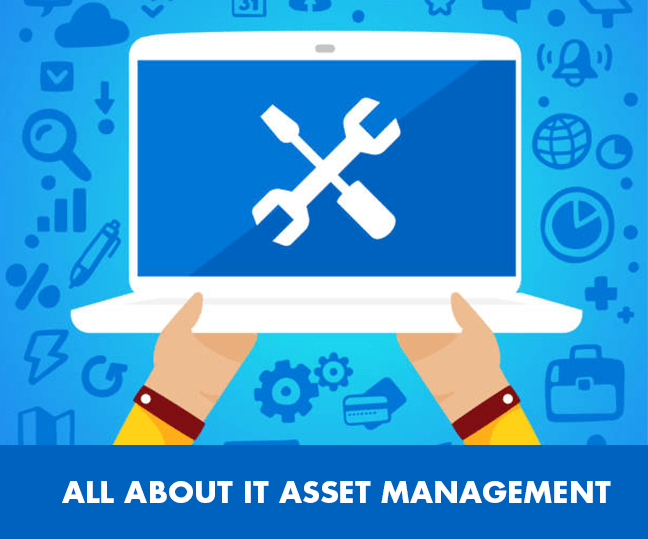Introduction
SaaS (Software as a Service) has revolutionized software consumption, and SaaS license management has emerged as a critical aspect of modern business operations. With organizations increasingly relying on cloud-based applications, efficiently managing SaaS licenses has become essential to ensure cost-effectiveness, compliance, and optimal resource allocation. In this blog, let’s better understand SaaS license management, its significance, prominent use cases, various license types, and its role in shaping contemporary businesses.
Related blog: All About Software License Management
What Is SaaS License Management?

SaaS (Software as a Service) license management is a crucial aspect of modern software usage. In today’s digital landscape, where cloud-based solutions have transformed business operations, effective SaaS license management is essential. It involves a systematic approach to overseeing and optimizing licenses for cloud-based software applications, aiming to make the most of subscription-based models.
At its core, SaaS license management involves closely monitoring various aspects of software licenses. This includes keeping track of license allocation to users or groups, monitoring license usage rates, and ensuring licenses are renewed before they expire to prevent service disruptions.
SaaS license management goes beyond monitoring. It includes proactive measures to optimize resource allocation. This involves analyzing user access patterns and adjusting license distribution accordingly. By understanding how licenses are used, organizations can allocate them more effectively to departments or individuals who need them the most, streamlining software usage. Managing subscription renewals is also a key part of SaaS license management, ensuring services continue uninterrupted. This requires understanding licensing agreements and aligning renewals with budget cycles.
Why is SaaS License Management Important?
SaaS License Management directly influences various aspects of ITOps, ranging from resource allocation and cost optimization to security and compliance. A well-structured approach to SaaS License Management ensures that the right software is available to the right users at the right time, fostering a harmonious IT environment.

AI and automation play a pivotal role in elevating SaaS License Management to new heights of efficiency and effectiveness. These technologies empower organizations to handle the complexities of license tracking, usage monitoring, and renewal management with unprecedented precision. Here’s why SaaS License Management with AI and automation is indispensable in the ITOps lifecycle:
Real-time Insights: AI-driven analytics provide real-time insights into software usage patterns. This enables ITOps teams to make data-driven decisions regarding license allocation, ensuring that resources are optimally distributed based on actual demand.
Predictive Analytics: By leveraging historical data and machine learning algorithms, AI can forecast future license requirements. This proactive approach allows organizations to adjust licenses ahead of time, preventing over-provisioning or license shortages.
Cost Optimization: Automation streamlines the process of monitoring license usage and detecting underutilized licenses. AI algorithms can identify opportunities for cost savings, such as reallocating licenses from low-usage departments to high-demand areas.
Compliance and Risk Management: AI-powered monitoring ensures adherence to licensing agreements and regulatory requirements. Automated audits can identify potential compliance issues, reducing the risk of legal and financial penalties.
Proactive Renewal Management: AI-driven algorithms can track renewal dates and proactively initiate renewal processes. This prevents service interruptions and ensures continuous access to critical applications.
Workflow Efficiency: Automation minimizes manual intervention, freeing up ITOps teams to focus on strategic initiatives. Routine tasks, such as license provisioning and de-provisioning, can be automated, enhancing overall operational efficiency.
Scalability and Flexibility: As organizations grow, AI-driven license management scales seamlessly. The technology adapts to changing software needs, ensuring that licensing aligns with evolving business requirements.
User Experience Enhancement: Automated processes result in faster license provisioning and user access. This enhances the user experience, enabling employees to be more productive without delays caused by manual license allocation.
Use cases of SaaS license management
SaaS license management is applied across diverse industries and business functions, bringing tangible benefits to operations and resource allocation. Let’s explore some of the key use cases where SaaS license management plays a crucial role:
Human Resources (HR) Optimization
- Efficiently manage licenses for SaaS-based HR software, facilitating seamless employee onboarding and offboarding processes.
- Streamline payroll processing, ensuring accurate and timely salary disbursements.
- Enhance performance management by monitoring software usage for employee evaluations and development.
- Sales and Customer Relationship Management (CRM).
- Ensure sales teams have access to the necessary tools by managing licenses for CRM software.
- Enable efficient lead and contact management, optimizing the sales pipeline.
- Improve customer interactions by utilizing CRM software for tracking communications and providing personalized experiences.
Collaboration and Communication
- Facilitate seamless communication and collaboration by managing licenses for cloud-based communication tools.
- Ensure teams can conduct virtual meetings, share documents, and collaborate in real-time.
- Optimize remote work setups by providing access to collaboration software for geographically dispersed teams.
Financial Management

- Monitor licenses for financial management software, aiding in budgeting, forecasting, and financial analysis.
- Ensure compliance with financial regulations by managing access to accounting and reporting tools.
- Streamline expense tracking and reimbursement processes through license management for expense management software.
Project Management and Productivity
- Enhance project management by managing licenses for SaaS-based project management tools.
- Enable teams to track tasks, timelines, and progress efficiently.
- Foster productivity by providing access to time-tracking and productivity enhancement tools.
Customer Support and Service
- Manage licenses for customer support software, enabling efficient ticket management and issue resolution.
- Monitor usage of service desk tools for streamlined customer support operations.
- Enhance customer satisfaction by ensuring timely responses and resolutions.
Advanced Marketing and Campaign Management
- Optimize marketing efforts by managing licenses for marketing automation and campaign management software.
- Enable targeted marketing campaigns, lead tracking, and analytics.
- Streamline content creation and distribution through license management for marketing tools.
Continuous Training and Learning Management
- Facilitate employee training and development by managing licenses for learning management systems (LMS).
- Provide access to e-learning materials, courses, and certification programs.
- Monitor usage to assess training effectiveness and track employee skill development.
Real-Time Data Analytics and Business Intelligence
- Manage licenses for data analytics and business intelligence software, enabling data-driven decision-making.
- Provide access to data visualization tools for creating insights and reports.
- Foster a culture of data literacy by ensuring employees have access to analytics resources.
Compliance and Regulatory Requirements
- Ensure compliance with industry-specific regulations by managing licenses for software that aids in regulatory adherence.
- Monitor usage of compliance tracking and reporting tools.
- Facilitate audits and reporting processes by providing access to necessary software resources.
What Are The Different Types of SaaS Licenses?
SaaS licenses encompass a range of options tailored to meet diverse organizational needs. These license types are designed to efficiently distribute access to software resources while aligning with specific usage scenarios. Let’s look at the various categories of SaaS licenses:
1. User-based licenses: User-based licenses grant access to software resources on an individual user basis. This type of license is particularly advantageous for organizations where software usage is closely tied to specific roles or responsibilities. It ensures personalized access for users, allowing them to customize their experience based on their unique requirements and tasks.
2. Device-based licenses: Device-based licenses offer access to software resources on a per-device basis. This type of license is beneficial in situations where multiple users share a single device or workstation. It ensures that the software is accessible from designated devices, enhancing security and control over software distribution.

3. Concurrent Licenses: Concurrent Licenses enable a predetermined number of users to access the software simultaneously. This licensing model is well-suited for organizations with fluctuating user numbers or departments that do not require constant software access. It optimizes resource utilization by allowing different users to access the software as needed, ensuring efficient usage across the organization.
4. Feature-based licenses: Feature-based licenses are designed to provide access to specific features or modules within an application. This license type offers a high degree of customization, allowing organizations to tailor software access based on the unique needs of different users or teams. It is a cost-effective option as users only pay for the features that are essential to their tasks.
5. Subscription-based licenses: Subscription-based licenses are a hallmark of the SaaS model, offering access to software resources for a defined period, typically renewed at regular intervals. This license type provides flexibility for organizations to adjust their licenses according to changing needs and requirements, making it suitable for dynamic business environments.
6. Pay-as-you-go licenses: Pay-as-you-go licenses involve payment based on the actual usage of the software. This model is advantageous for businesses with varying or unpredictable software requirements. By aligning expenses with actual usage, organizations can optimize costs and ensure that they only pay for the resources they consume.
7. Tiered licenses: Tiered licenses offer access to different levels of functionality or usage capacity within a software application. This license type is particularly useful for organizations with diverse user needs or scalability requirements. It allows users to select the tier that best matches their specific requirements, optimizing both cost and resource allocation.
8. Enterprise licenses: Enterprise licenses provide comprehensive access to software resources for an entire organization. These licenses often come with advanced features, customization options, and dedicated support. Enterprise licenses are tailored to meet the needs of large-scale deployments, ensuring that organizations can efficiently manage software access and usage across their entire infrastructure.
9. Trial or demo licenses: Trial or demo licenses offer a limited-time period for users to explore the features and capabilities of a software application. These licenses are instrumental in helping organizations assess the suitability of a software solution before committing to a full license. They are commonly used for testing purposes and aid in informed decision-making.
10. Free licenses: Free licenses, often known as Freemium, provide basic access to software resources at no cost. While they offer limited features or usage, they serve as a way to attract users and showcase the software’s capabilities. Organizations can then offer options to upgrade to premium versions, allowing users to access additional features and functionality.
What Are The Benefits of SaaS License Management?
Cost Optimization
SaaS License Management enables organizations to have a clear understanding of their software subscriptions, usage, and costs. By monitoring licenses closely, businesses can avoid over-purchasing licenses that might go unused, leading to significant cost savings.
Resource Allocation
With a well-implemented license management strategy, organizations can allocate software licenses based on actual usage patterns. This ensures that departments or individuals receive the licenses they need, avoiding bottlenecks and enhancing overall operational efficiency.
Compliance and Risk Mitigation
SaaS License Management helps businesses adhere to licensing agreements and terms. By ensuring compliance, organizations minimize the risk of legal and financial penalties that could arise from unauthorized software usage.
Higher Productivity
Proper license management ensures that software applications are available when needed. This translates to uninterrupted workflows and increased productivity, as employees can access the tools they require without delays.
Insightful Decision-Making
By analyzing license usage data, organizations can make informed decisions about software subscriptions. They can identify which applications are genuinely beneficial and which ones might be redundant, leading to more strategic software investments.
Scalability
As businesses grow, their software needs may change. SaaS License Management allows organizations to scale their software subscriptions up or down based on actual requirements, avoiding unnecessary expenses.
Renewal Management
SaaS License Management includes keeping track of subscription renewal dates. This prevents inadvertent lapses in service, ensuring uninterrupted access to critical software tools.
Vendor Management
Efficient SaaS License Management involves maintaining a clear line of communication with software vendors. This helps organizations stay informed about updates, changes, and new features, maximizing the value they receive from their subscriptions.
Security and Governance
By monitoring software usage, organizations can promptly address any security vulnerabilities or unauthorized access, bolstering data security and protecting sensitive information.
Reduced Administrative Burden
Automation plays a significant role in SaaS License Management. Automating tasks like license allocation, usage tracking, and renewals reduces the administrative burden on IT teams, allowing them to focus on more strategic initiatives.
Related blog: Future of software license management – Trends and innovations to watch out for
Conclusion
In the era of cloud computing and digital transformation, SaaS license management has evolved from a mere administrative task to a strategic imperative. Its role in cost optimization, compliance, resource allocation, and risk mitigation cannot be overstated. As organizations continue to embrace cloud-based applications, effective SaaS license management stands as a linchpin in driving efficient operations and maximizing the value of software investments. With a keen focus on managing licenses intelligently, businesses can navigate the complexities of the digital landscape with confidence, ensuring seamless software access and utilization while safeguarding compliance and financial health.



















